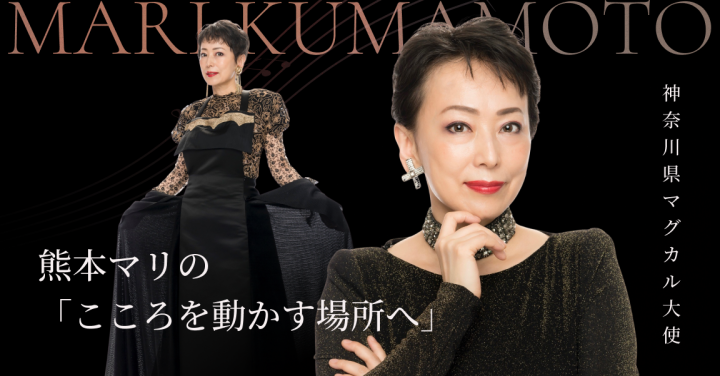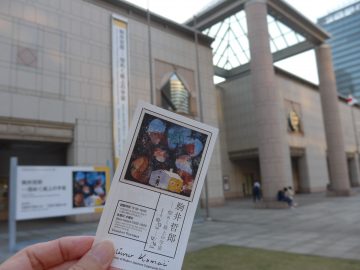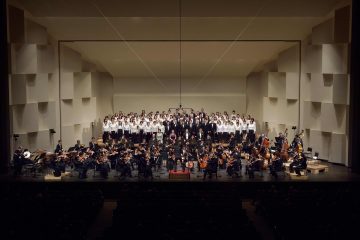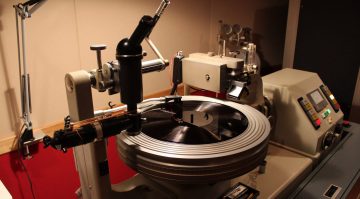Be enthralled by the goddesses playing Debussy
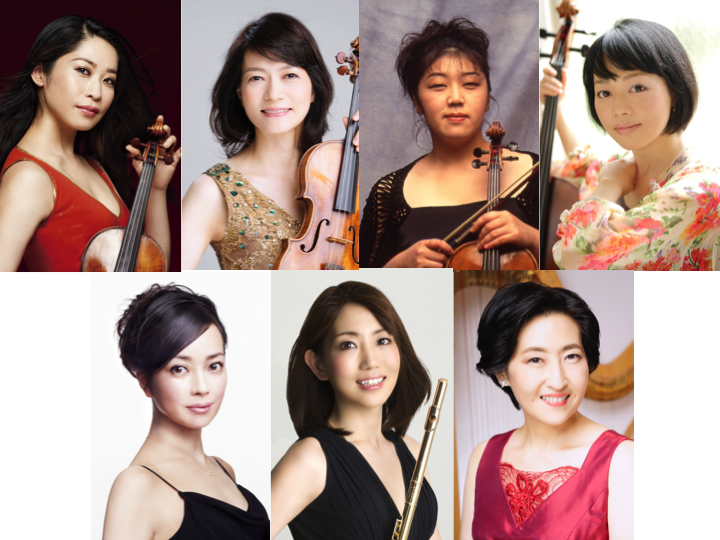
(Top image) Saki Kawakubo (C) Yuji Hori / Mie Kobayashi (C) Akira Muto / Yoshiko Kawamoto / Mari Endo (C) Katsumi Nakayama
Yurie Miura (C) Yuji Hori / Yue Ueno (C) Akira Muto / Naoko Yoshino (C) Akira Muto
Enjoy casually! Life with concerts
File.3 Claude Debussy: 100 Years After His Death: Chamber Music Retrospective
(Mitsuzo Mori / Music writer)
Claude Debussy (1862-1918), a great French composer famous for his symphonic poem "La Mer", decided to compose "Six Sonatas for Various Instruments" in his final years. This was to compete with the German composers who were flourishing at the time, and to let the world know the greatness of French music.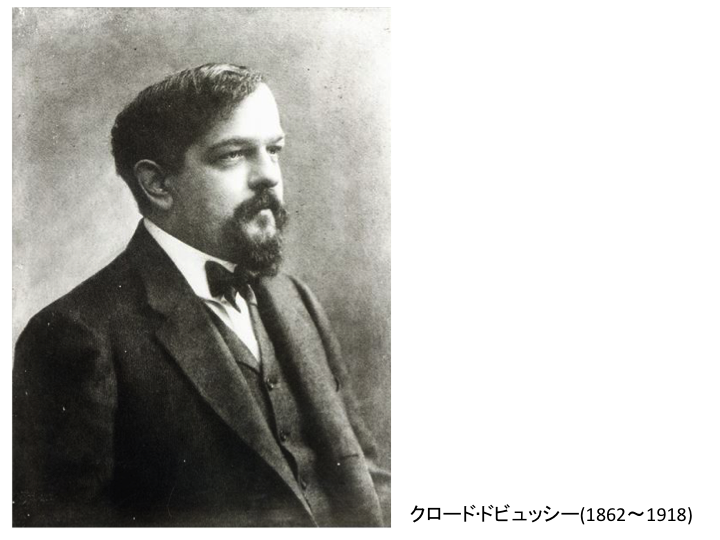
I've started off very seriously, but at the time, and even now, most composers in the classical music world are of German descent. If I were to list them all off the top of my head, they would all be of German descent, including Bach, Mozart, Beethoven, Brahms, Wagner, Mendelssohn, and so on.
It may sound a bit rough, but German music is all about structure and form. When you start to get a sense of what "form" is, you're like, "I get it!" And then it becomes "fun!" and "I can talk about it!" And actually, I love it.
So what about Debussy's music?
I still remember very well how I felt when I first heard it.
I don't really understand.
It's fluffy.
Is it something stylish?
It's sparkly and beautiful.
Music that is indescribable.
But I felt very free...that was refreshing.
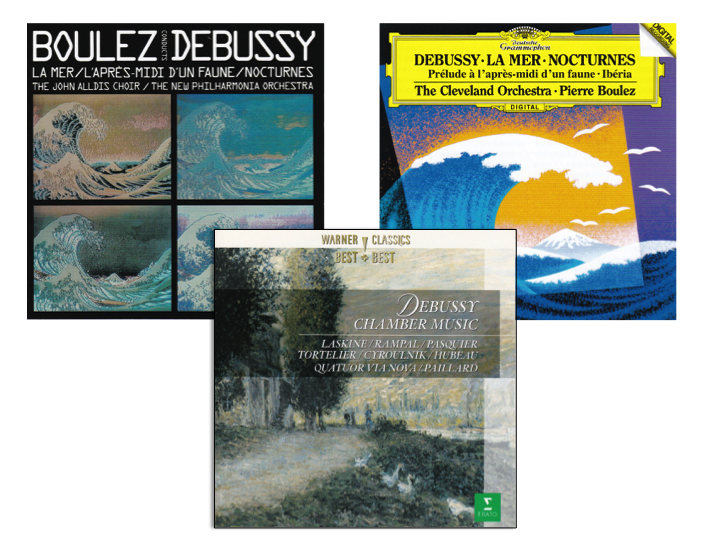
There are certainly nuances reminiscent of the style of French Impressionist painters.
If Monet tried to depict the change of light and the passage of time within the fixed plane of painting, Debussy could be said to have evoked colorful, three-dimensional images in the listener's senses through the temporal art of music. (Incidentally, Debussy himself seemed to dislike being called an "impressionist.")
The music of those influenced by Debussy, such as contemporary composer Toru Takemitsu and jazz pianist Bill Evans, is free, elusive, and crystal clear.
To commemorate the 100th anniversary of Debussy's death, a concert featuring all of his chamber music will be held at the Philia Hall in Aoba Ward, Yokohama, a hall of fame for chamber music that is perfect for enjoying small ensembles. The instruments used are violin, viola, cello, piano, flute, and harp. From solo performances to ensembles of up to five people, the program offers a variety of combinations to enjoy the sounds and resonances.
The instruments used are violin, viola, cello, piano, flute, and harp. From solo performances to ensembles of up to five people, the program offers a variety of combinations to enjoy the sounds and resonances.
The performers are all skilled musicians who are regulars in Philia Hall's famous series "Encounter with the Muses," and of course, all of them are experts in French music. It's easy to imagine Debussy, who didn't dislike women (rather, he was said to have had a lot of trouble with them), grinning with delight in the afterlife.
Of course, the sonatas he composed in his later years - although he aimed to compose six, he only managed to compose three before his death - will also be performed.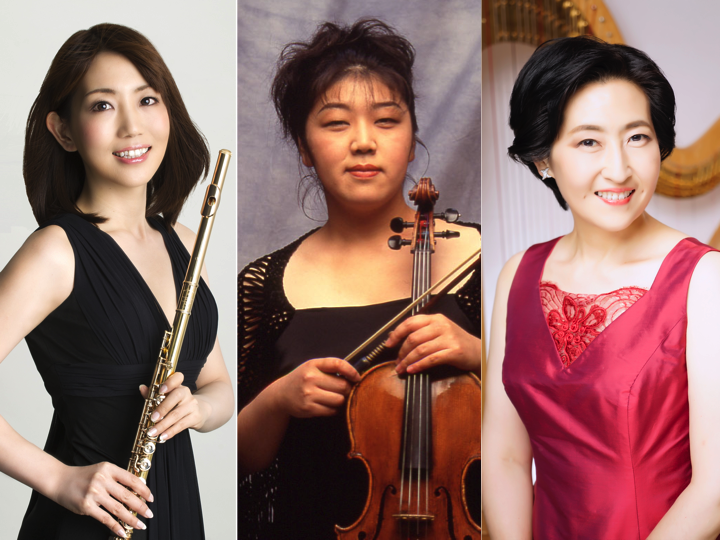
Yui Ueno (C) Akira Muto, Yoshiko Kawamoto, Naoko Yoshino (C) Akira Muto
My personal recommendation is "Sonata for Flute, Viola and Harp."
The main melody has a mysterious and slightly unapproachable atmosphere.
I try my best to follow it by ear.
The anxiety of suddenly losing sight of it.
And the sense of relief when it appears again out of nowhere.
Naoko Yoshino is the best in the world at playing this piece, and her beautiful harp playing is a delight to enjoy!
Philia Hall 25th Anniversary Concert
Claude Debussy: 100 Years After His Death: Chamber Music Retrospective
Date: Saturday, November 24, 2018
Venue: Yokohama Aoba Community Cultural Center, Philia Hall
Start time: 14:00 / End time: 16:30
Price: (All seats reserved) S seats ¥6,000 / A seats ¥5,500
